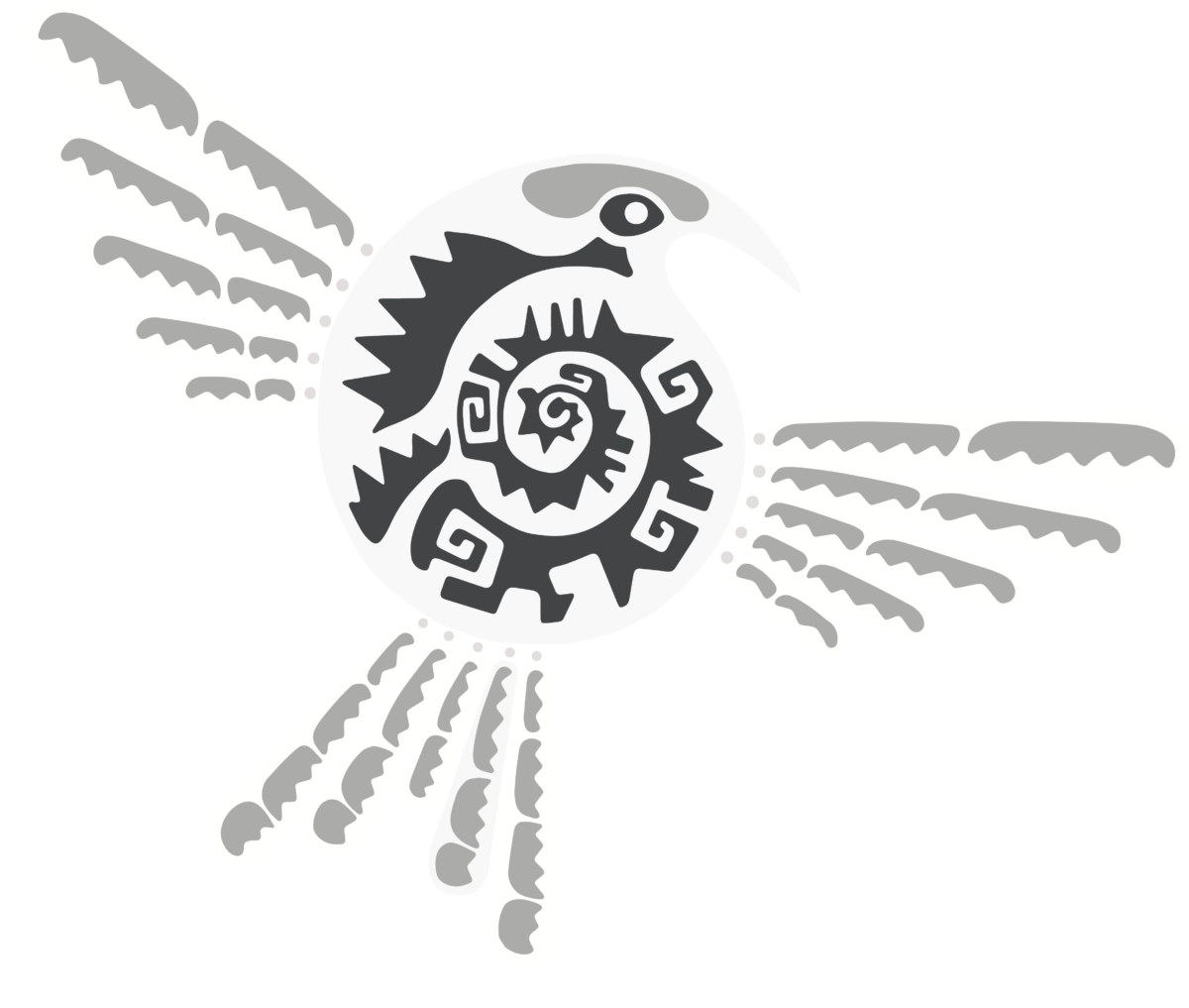FCEA is thrilled to celebrate exciting news with you: we recently acquired 42 hectares of primarily degraded cow pasture. The land is ripe with potential for forest restoration projects we can carry out in collaboration with our community and wonderful partner organizations, such as Osa Conservation, San Vito Bird Club, Las Cruces Biological Station, the Municipality of Coto Brus and the Community Development Association of Linda Vista.
And there is even more reason to celebrate: June 15th is the Day of the Tree here in Costa Rica. The day offers a beautiful opportunity to pause and appreciate all the important things that trees do for us, including absorbing carbon from the atmosphere, regulating temperature, preventing erosion, and so much more.
Everyone loves trees, and everyone especially loves planting them, right? So let’s grab our shovels and go!
Wait… first let’s take another opportunity to pause. Let’s take some “tests.”
Wait… what? What kind of tests?
They are not really tests, but five critical questions posed by two forest restoration experts, Dr. Karen Holl and Dr. Pedro Brancalion, in the article “Tree-planting projects abound. Which should you support?” (https://www.nationalgeographic.com/environment/article/tree-planting-projects-abound-which-should-you-support). Focused on the who, what and why of planting trees, these questions help guide people’s decision-making around where to donate to such efforts.
As warm and fuzzy as we all feel about trees and putting more of them in the ground, TOO often we focus TOO much on those warm and fuzzies on the day of planting itself and not enough on the realities of actually keeping the trees alive long after. That’s why the blogs this month will explore how FCEA’s past and proposed future tree-planting projects (or better yet, tree-growing projects) respond—or not—to the five questions in the article.
I also invite YOU to help direct the content of these blogs. Whether your interest in, or support of, our tree-growing projects manifests itself as money, time, or likes and shares on social media—all equally appreciated—you deserve to know how your resources are being honoured. So after reading the article, please send us any questions, critiques and/or comments that can be addressed in this blog series.
To give you a teaser, the first “test” is “What do you hope to achieve, and how does this tree-growing organization meet those goals?” (Remember, the “you” in the question refers to YOU as a current or potential donor of dollars, energy, expertise, etc.)
While forest restoration is one of FCEA’s pillars, we are always open about the fact that it is not our area of expertise. For that reason I do not characterize us as a tree-growing organization; we specialize in environmental education. As such, our main goal is to use forest restoration projects as vehicles to facilitate environmental education with community members of all ages. We conduct forest restoration in collaboration with the experts from Osa Conservation’s “Ridge to Reef” team. By supporting us or collaborating with us, we aim to allow you to achieve TWO goals: help steward a forest over the long-term, as well as create ongoing environmental education opportunities. While we have certainly done a lot to date in both respects, I know we can do more and do better. And with your help we can.
So now that I’ve gotten the conversation started, I welcome you to dive in. Together, let’s celebrate and test FCEA’s commitment to trees… and of course, to environmental education.
*Email your questions, critiques and/or comments to info@fincacantaros.org for inclusion in this blog series.
**Photo above of the FCEA team (from left to right) standing in front of pasture ripe with potential for restoration: Lilly Briggs (Director), David Rodríguez (Wildlife Manager), Randall Jiménez (Community Outreach Coordinator), Yolanda Morales (Project Assistant), and Carla Azofeifa (Environmental Education Coordinator).








